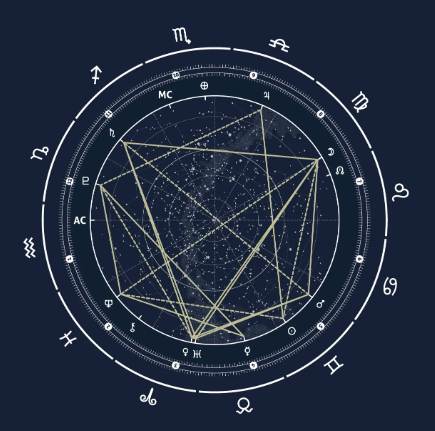Astrology 101: Mastering Your Birth Chart

Understanding your birth chart is the key to unlocking the secrets of your personality, strengths, and life path. More than just a zodiac sign, your birth chart is a cosmic blueprint based on your birth’s exact time, date, and location. Learning to read it can provide deep insights into your purpose, relationships, and potential challenges.
The Three Main Components: Sun, Moon, and Rising Signs
Your birth chart consists of multiple planetary placements, but the three most important are your Sun, Moon, and Rising signs. The Sun sign represents your core identity, the Moon sign reflects your emotional world, and the Rising sign, also known as the Ascendant, governs how you present yourself to others. Together, these create a unique combination that defines your personality.
The 12 Houses: Mapping Your Life Areas
Your birth chart is divided into 12 houses, each ruling a specific area of life. The First House governs self-image, while the Second House relates to finances and values. The Seventh House represents partnerships, and the Tenth House governs career and reputation. By understanding which planets fall into these houses, you can gain insight into different aspects of your life journey.
Planetary Aspects: How Energies Interact
The planets in your chart form aspects, or angles, that determine how their energies interact. Conjunctions amplify energy, while oppositions create tension that leads to growth. Trines and sextiles bring harmony and ease, while squares challenge you to evolve. These aspects shape your experiences and personal development.
The Influence of Retrogrades and Transits
Retrogrades occur when a planet appears to move backward, signaling a period of reflection and reassessment. Transits, on the other hand, refer to the movement of planets in real time and how they interact with your natal chart. Understanding these cosmic shifts can help you navigate important life events with greater awareness.




